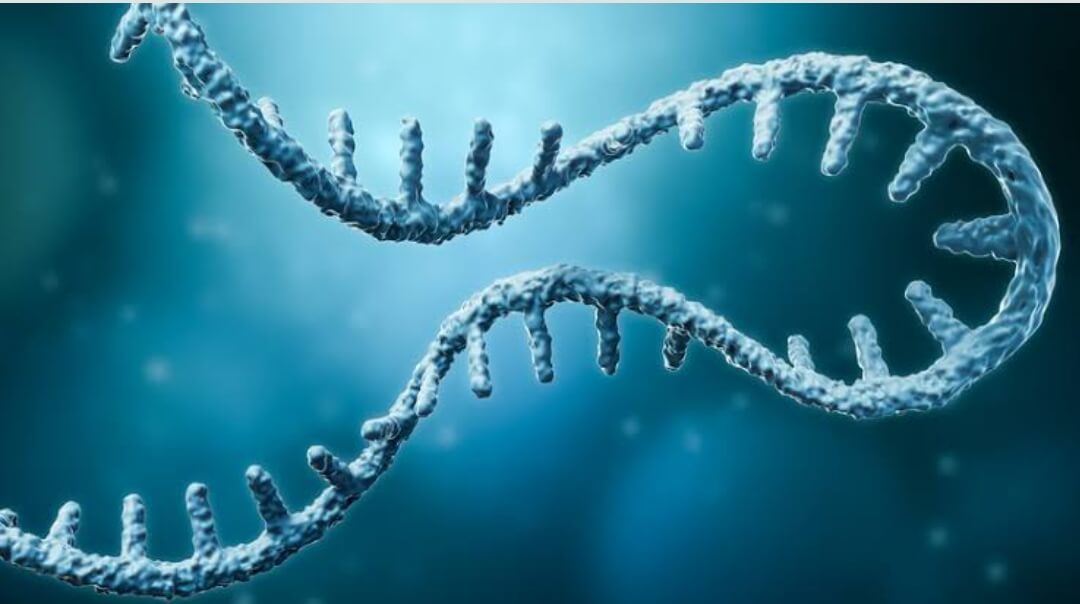- Stage 1 (HIV infection): The CD4+ cell count is at least 500 cells per microliter.
- Stage 2 (HIV infection): The CD4+ cell count is 350 to 499.
- Stage 3 (advanced HIV disease or AHD): The CD4+ cell count is 200 to 349.
- Stage 4 (Acquired immunodeficiency syndrome [AIDS]): The CD4+ cell count is less than 200.
Four Stages of HIV
STAGE 1 : The early symptoms of HIV can feel like having the flu. Around one to four weeks after getting HIV, you may start to experience these flu-like symptoms. These normally don’t last long (a week or two). You may only get some of the symptoms and some people don’t have any symptoms at all. Symptoms can include: fever (raised temperature), rash, sore throat, swollen glands, headache etc. HIV will not always show up in a test at this early stage, and you may need to test again later to confirm your result. Your healthcare professional will talk to you about the timing of your test and answer any concerns. It’s important not delay speaking to a healthcare worker if you are worried about HIV.
STAGE 2 : Once a person has been through the acute primary infection stage and seroconversion process, they can often start to feel better. In fact, HIV may not cause any other symptoms for up to 10 or even 15 years (depending on age, background and general health). However, the virus will still be active, infecting new cells and making copies of itself. HIV can still be passed on during this stage. If left untreated, over time, HIV infection will cause severe damage to the immune system.
STAGE 3 : By the third stage of HIV infection a person’s immune system is severely damaged. At this point, they’re more likely to get serious infections or diseases that the body would otherwise be able to fight off. These infections are known as ‘opportunistic infections’. Symptoms can include: weight loss, chronic diarrhea, night sweats.
STAGE 4 : If left untreated, HIV leads to AIDS. AIDS can weaken the immune system causing several opportunistic diseases. By damaging your immune system, HIV interferes with your body's ability to fight infection and disease.





















